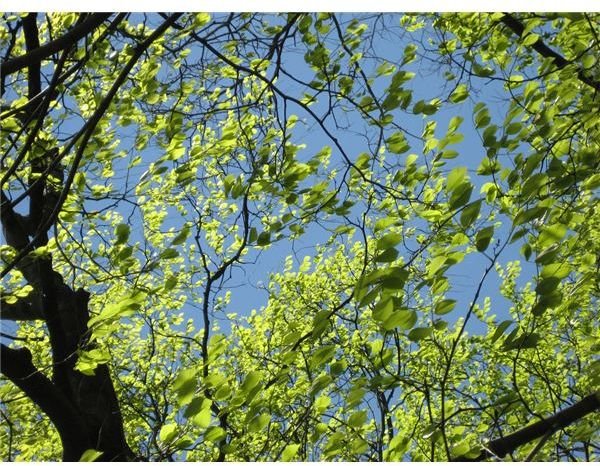Change in Weather & Seasons: Kindergarten Science Lesson
Most children have difficulty identifying and relating to seasons. Often times children confuse types of weather with seasons. This article offers a beginning activity that will provide a path to help clear up this misunderstanding.
Objectives:
- The student will use their senses to observe how the air feels.
- The student will particpate in a discussion about changes in the air.
- The student will compare and contrast.
- The student will recognize numbers 0-5.
- The student will recognize which number is more and which is less.
Materials:
- What’s The Weather Chart (Made from previous lessons about Weather) (Giant Size for Whole Group)
Lesson Procedure
Take the students outside on a walk (This should be done once there is a noticeable change in the weather). Sit down and give them an opportunity to discuss these changes. The teacher facilitates the learning by providing questions based on the student’s responses. The students are responsible for providing evidence as to why these changes are occurring. The teacher needs to continue to probe students in such a manner that they will make a connection between weather patterns (changes) and seasons. As the discussion takes place, the teacher too is learning. He/She is able to identify students who already possess knowledge of seasons versus those who do not. This information should be used to guide future instruction.
Next, use the What’s the Weather Chart to record the weather. Compare and contrast the present weather condition to past weather conditions listed on the chart (Ex. sunny vs. rainy, cloudy vs. sunny, cool vs. warm, etc.) Record and compare numbers. Use the data to decide which type of weather you’ve had more of and less of. Use the knowledge acquired in today’s lesson to continue to make connections between changing weather and seasons.
Assessment: The students complete a Task Assessment Sheet. Students record what he/she has learned along with the evidence. He/She also writes a question about what he/she is wondering. For those students who are not reading for writing, then allow him/her to draw a picture or even dictate a sentence.
<strong>Download the Task Assessment Sheet.</strong>
Seasons can be a difficult concept for children to grasp. However, allowing them to explore seasons through the physical environment can strengthen his/her understanding. Through continued exploratory activities the children will learn to differentiate between types of weather and seasons.
References
- Photo by Jay Woodworth under CC BY 2.0 via Flickr
This post is part of the series: Lessons on Kindergarten Science
This series of lesson plans teach your kindergarten class important science concepts.
